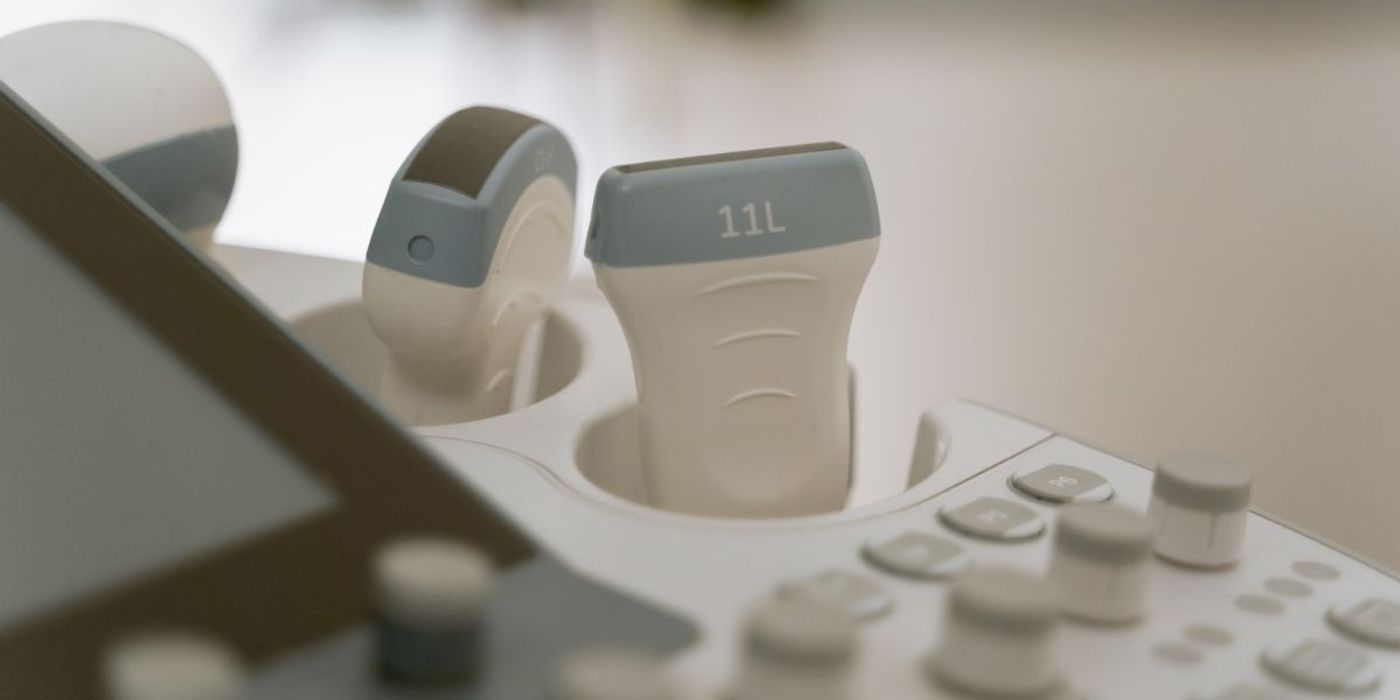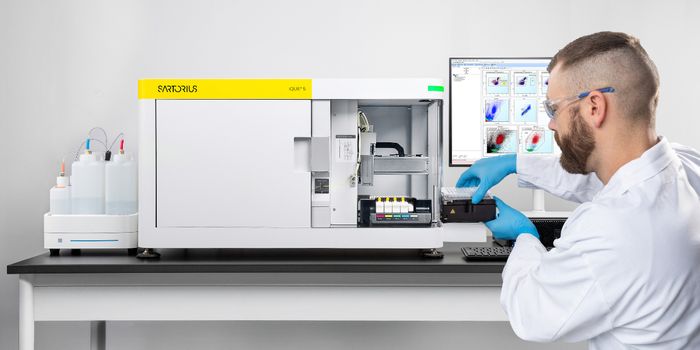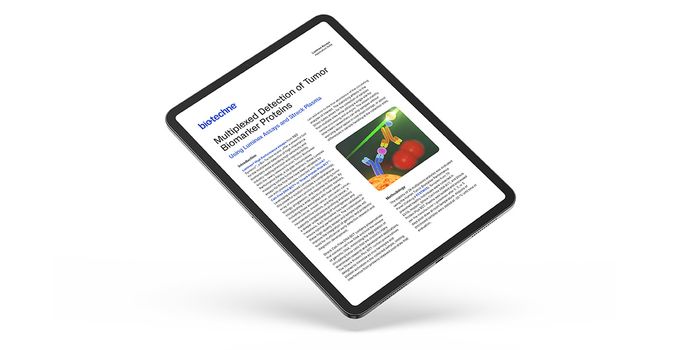Researchers Use Ultrasound to Remove Diseased Brain Cells
Researchers have developed a noninvasive method to remove faulty brain circuits using ultrasound and microbubbles. The corresponding research paper came from a collaboration of scientists at Stanford University and the University of Virginia School of Medicine and will be published in the Journal of Neurosurgery.
At present, removing faulty brain cells either involves invasive surgery- physically removing the faulty brain cells in a surgical procedure or ablative surgery- inserting probes into the skin to destroy the affected region with heat (radiofrequency ablation), extreme cold (cryoablation), lasers or chemicals.
Both of these procedures involve varying levels of risk. Risks following brain surgery may include temporary or prolonged impairment of memory, speech, and other cognitive functions. Ablative therapy on the brain has comparably fewer risks, although may narrow a person’s vision, cause bleeding in the brain and nerve damage.
“This novel surgical strategy has the potential to supplant existing neurosurgical procedures used for the treatment of neurological disorders that don’t respond to medication,” said Kevin S. Lee, one of the study’s authors. “This unique approach eliminates the diseased brain cells, spares adjacent healthy cells and achieves these outcomes without even having to cut into the scalp.”
The new approach uses a combination of low-intensity focused ultrasound waves and microbubbles- biocompatible bubbles that are one-hundredth of a millimeter in diameter and work as ‘echo-enhancers’ for ultrasound treatments. These waves briefly penetrate the protective blood-brain barrier to deliver neurotoxins that destroy target brain cells while preserving healthy cells in the area.
The approach, known as ‘PING’, has already shown success in lab experiments, having reduced or eliminated seizures in two research models of epilepsy.
According to the researchers, PING enables a greater degree of precision than pre-existing treatments, which could allow specialists to reach irregularly shaped targets that could be difficult or impossible to reach otherwise. It would also allow clinicians to more specifically target problem cells, without affecting surrounding cells and tissue, unlike pre-existing treatments.
“Our hope is that the PING strategy will become a key element in the next generation of very precise, noninvasive, neurosurgical approaches to treat major neurological disorders,” said Lee.
Sources: Neuroscience News, UVA Today, Epilepsy.com, Mayo Clinic









